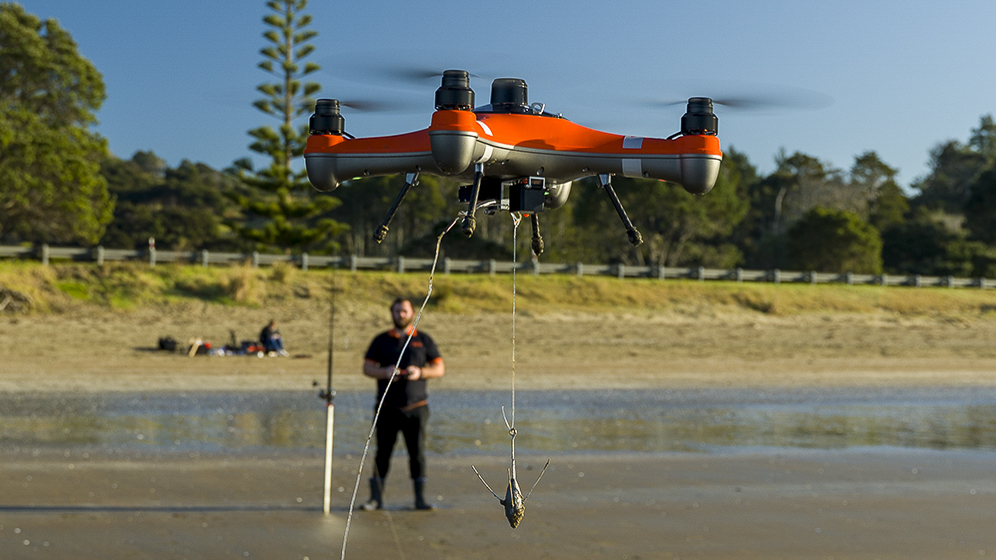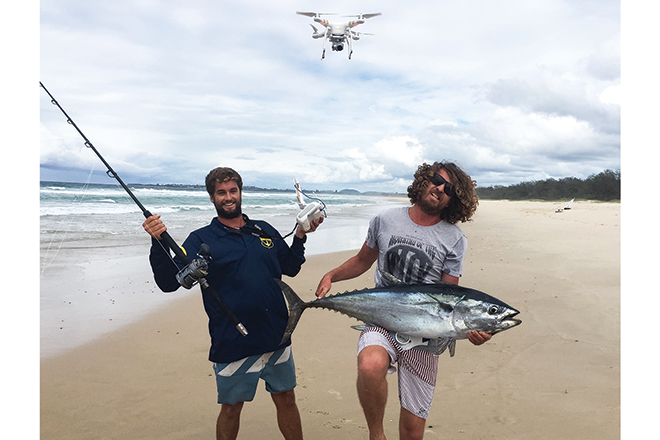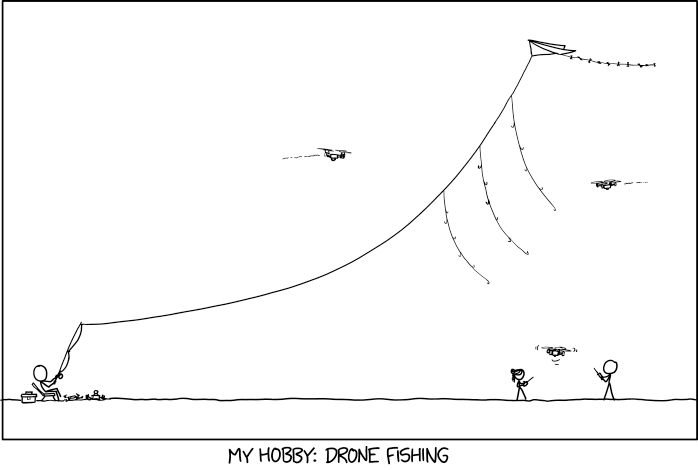
This article will discuss the basics behind a drone fishing system. We will also discuss what to look out for when selecting your drone, battery life and payload. Then, we'll discuss some ways you can get the most from your drone. Continue reading for more tricks and tips. You'll soon own the drone you desire! Let's begin !..., and maybe even catch a few fish.
Basic drone fishing equipment
To begin drone fishing, you'll need a good selection of hooks. The fishing line should have a doubled length and be either mono or braided. The fishing line should be doubled and tied with a Cat's Paw Loop (or Uni knot). You will also need a sinker (2-8 oz) and hooks (to attach to each section of the backbone). Finally, attach the lead loop of your snap swivel to your drone.
There are many options for creating a fishing drone. A basic one involves attaching a hook to the landing gear of the drone and spinning it until the line releases. A dropper to keep your fishing line under the drone is another option. A dropper is a device that allows you to keep your main line above the drone and avoid it becoming tangled in the propellers. Accessories such as docks and batteries can be added to fishing drones.
You will need additional equipment once you have bought the basic drone fishing gear. You'll need a fishing line of approximately 700 meters and a bait-dropping tool. These are optional but can make your drone fishing experience even more enjoyable. A drone will provide you with a clearer view and make it easier to spot fish.

Payload for drone fishing system
Safety precautions must be followed if you are going to fly a drone to catch fish. Strong winds and rain are not safe conditions for your drone to fly. Here are some steps:
First, ensure that the drone has enough weight to support its weight. It will not be stable when loaded with braided line or heavy lures. If you are fishing near the seaside, wind can blow the drone off course. It is important to review local regulations and laws. Some may not allow you to fish from a drone. A drone with good carrying capacity is essential if you plan to fish from it.
Next, decide what accessories you will mount on your drone. A good rule is to choose a rigging solution that has a central attach point in order to minimize weight distribution. The motor struts of the drone, landing gear, as well as the legs are the most appropriate attachment points. Payloads attached to the camera and/or gimbal can cause damage. One simple solution is to tie a length fishing line from one end to the other. You can secure it with tape to stop it from coming off.
Battery life for drone fishing rig
Be sure to check the batteries, and other gear before you go out fishing with your drone. This will allow you and your drone to have a longer battery life. You can charge some drones with solar panels or car batteries. It is a good idea to start with fully charged batteries. This will ensure that your drone is ready to fly as soon as you get to your fishing spot.

It is also important to take into account the drone’s flight time. There are some models that have longer flight time than others. However, a drone with a flight time of twenty-two minutes is sufficient to get the job done. This is great for those who want to spend hours out on the water with their drone. However, a drone that is not able to sustain long distances will render it inoperable. This will make it almost impossible to catch fish.
Once you have set up your fishing rig, attach your fishing line clip to the legs of the drone, or to the motor struts. Attach the bait to the fishing rod. Be sure to lock the reel before you fly the drone and unlock it when you're ready to drop the bait. The tension will build when you pull the line out and let the drone drop the bait into the water. Remember to charge the battery after every use, or it may not work properly.
FAQ
Is it safe for a driver to fly a drone?
Drone flying while driving can be dangerous as you may collide with another vehicle or object. Also, you could hit pedestrians or animals. Your car could be damaged if it hits power lines or trees.
How can I keep drones out of my house?
Drones are becoming more popular for home security and surveillance. You can prevent drone attacks by installing motion sensors around your home and using them to detect any unauthorised flying objects.
Can my drone be flown around my neighbourhood?
Yes! These are called UAVs (unmanned aerial vehicles). There are many kinds of drones today. They range from small quadcopters, to large fixed-wing planes. The FAA recently updated its rules regarding commercial UAV use. You can now legally fly them to business purposes. However, be aware that flying a UAV near airports may cause interference with air traffic control systems, and you must obtain permission from local authorities before operating one.
Statistics
- Research and Markets predict a growth rate of 51.1% over the next five years. (thedroneu.com)
- With the top 10% making over $100/h and the bottom 10% making as low as $10/h. (dronesgator.com)
- According to industry research from ZipRecruiter , there are 10 cities where the typical salary for a Drone Pilot job is above the national average. (dronesgator.com)
External Links
How To
How to Fly Drones for Beginners
A drone refers to a remote-controlled aircraft designed for aerial photography, surveillance and scientific research. The technology behind drones has been around since World War II. However, commercial use began in 2010 when DJI released their Phantom series of quadcopters. Many types of drones have been made available since then, from beginner-friendly models such as the Parrot AR Drone 2.0, to high-end multi-rotor craft such as the DJI Mavic Pro.
There are many ways to fly a drone.
-
Remote control: This uses a remote control device that attaches to your hand and allows you control the drone along its flight path. There are two main types for controllers: Joysticks or On/Off switches, which can be used to control the drone's flight path.
-
Manual Control – This method lets users remotely control the drone by using a smartphone app. Follow the instructions of the app to track the exact location you want the drone go.
-
Autonomous Flight - This method involves leaving the piloting duties to the drone itself. It allows the drone to fly independently without any human intervention. The drone must be equipped with a camera and sensors that can capture images and data in order to fly autonomously.
-
Triggered Flight: This is similar in concept to manual control. The pilot manually creates a route and the drone then follows it until it reaches that endpoint. After the program is complete, the drone automatically returns to the ground.
-
Landing Gear- Some drones include landing gear that allows for safe landing if the power goes out or they run out of batteries.
-
Goggles-Some pilots use goggles to protect their eyes from debris during operations.
-
Camera – Some drones have cameras, which allow you to take photos or videos from up high.
-
Obstacles – Some drones have obstacle avoidance systems that stop them from colliding with obstacles.
-
Speed - Some drones can travel at speeds over 40 mph.
-
Battery Life: Most drones have a battery life of between 20 and 30 minutes depending on how many power sources you use.
-
Distance - Some drones can travel up 30 miles depending on the model.
-
Power source - Not all drones can use an external power source. Others can run on internal batteries.
-
Weight - Some drones are lighter than others, while some models can weigh as much as 4 pounds.
-
Size - From small drones that can be carried in the palm of one's hand to larger drones that weigh over 50 pounds, drones come in a variety of sizes.
-
Price – All drones fall into a price category. These range from expensive models that cost thousands to affordable options that start at 100 dollars.